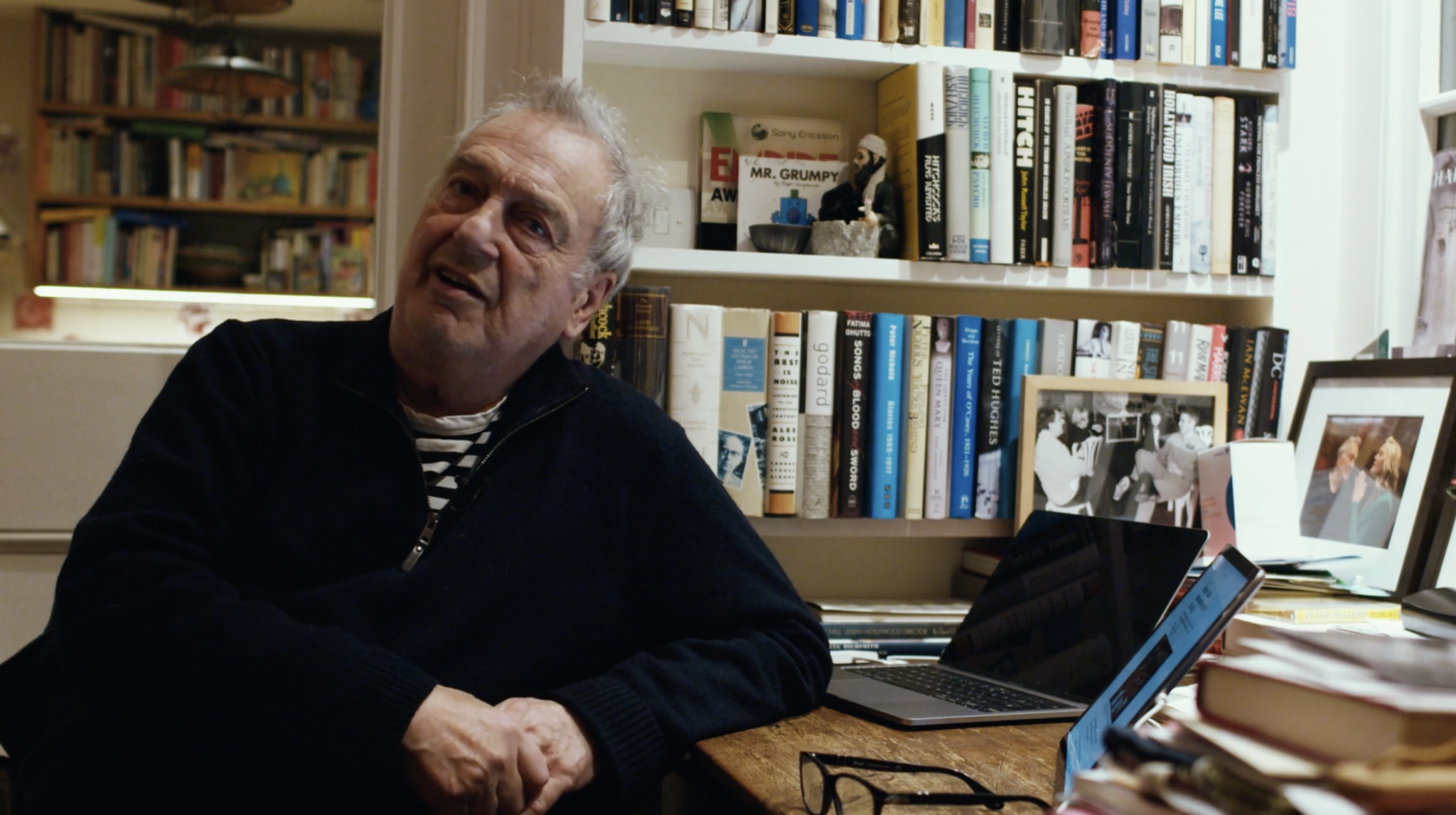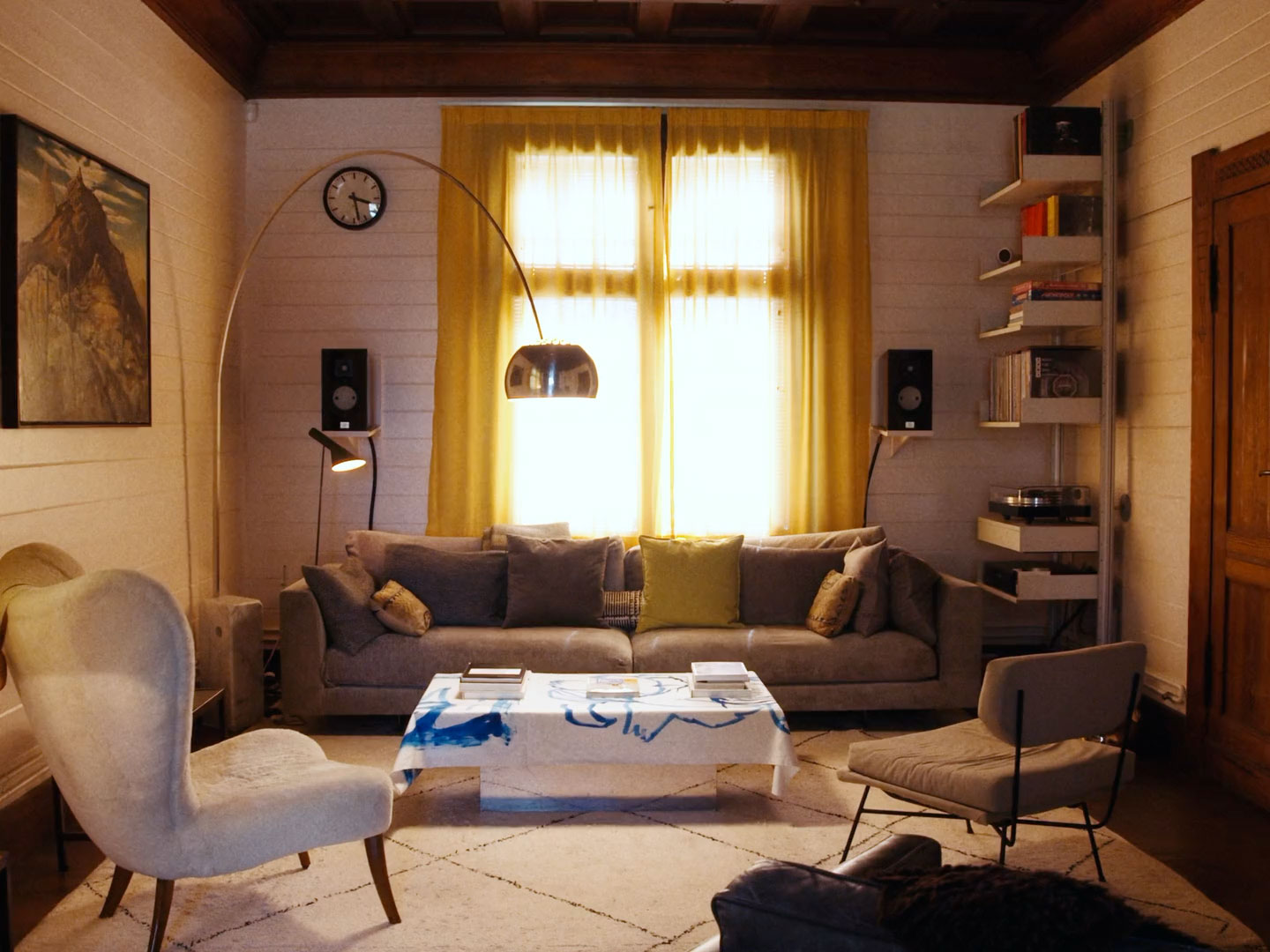

Fashion is politics you wear on your sleeve. A quick look at a damask Soviet medal, Macron’s austere turtleneck, or even Hunter S. Thompson’s stubborn Hawaiian casual style, and you’ll quickly realise that clothing doesn’t just broadcast your views, but shines them into the street. Powerful enough to normalise the most radical concepts of its time, history’s most visible icons are all adept at using fashion as a tool for self-branding. But like a rebel without a cause, the fashion industry has long cashed in on the uniforms of revolutionaries, commodifying ‘button up suits’ and selling ‘rebellion for money’ while forcing genuine talent to create newer, ever more radical symbols.
The trend would begin on the streets of New York in 1959, when a young Fidel Castro was received by waves of fans. His military victory over the Batista regime in Cuba—a miracle by all accounts—would be summarised best in The Godfather II: “Soldiers are paid to fight; the rebels aren’t.” Even while holding government positions, Castro never gave up on his trademark forage cap and jungle jackets, and his beard and Cuban cigars were idealised as the symbol of a dangerous, rugged outlaw to the American youth. Leading up to his surprising welcome in a post-McCarthy America, photographs in the Western press would also display the powerful image of Celia Sánchez—one of the first women to fire a shot in a Cuban Revolution. A true asset to the movement as the key organiser for the rebels, Sánchez’s distinct image—a uniform she designed herself, made up of green twill tapered slacks and V-neck over-blouse—has over time graduated into icon status itself. Equally famous was Vilma Espin, a stunning Cuban born MIT-educated turncoat, who was often pictured with a blooming mariposa tucked behind her ear. Against Sánchez’s militant revolt, the bilingual Espin stylishly represented the revolution on the world
stage: finding and directing the Federation of Cuban Women up until her death in 2007.

She publicised the desire Cuba had for fairer police and better sanitation—all relatable to the American public. For both Espin and Sánchez, developing a distinct style was an act of radicalism in itself. While politics has a strange way of coming in and out of style, the revolutionary ‘look’ that always springs to mind is Che Guevara’s: the Marxist Argentine revolutionary who helped define Cuba’s future up until the present day. His poised and wild barbudo (a Cuban term for revolutionaries) expression— photographed in 1959 at a political rally—wouldn’t, for obvious ideological reasons, be copyrighted for decades by the new Cuban regime; and both his face and Fidel’s would be commercialised into toys, prints and posters for the Western masses.
Long-haired, angry at a homogenous system, the Cuban’s unkempt revolutionary style became, at the turn of the 60s, the obvious bedrock for America’s next great unwashed activists: the hippies. At a time when teenagers were defining a new stateside counterculture, parallels were drawn between the revolutionaries and Hollywood stars who embodied progressive politics, like James Dean. In the summer of 1970, the term ‘Radical Chic’ would enter the stratosphere, coined by the famous journalist Tom Wolfe. It was a mocking term—aimed at New York intellectuals who fetishised militaristic fashions and individuals—and attacked “the very idea” of selling rebellion for comfort. But the style blew up. In a time when New York’s libertine Beat Culture would openly admit their revolutionary empathies, largely white middle-class Americans, including the poet Allen Ginsberg, would finally come into contact with Castro during his famous 1960 New York visit. Understandably, Castro himself was keener to
decamp with Malcom X.


What those two parties shared was an understanding of how to use fashion to express their politics. For America’s Black community, it would culminate in the iconic uniforms of the Black Panther group: their berets and military garments reflecting a new breed of war that was fought on the streets of US cities. Established in 1966 by Bobby Seale and Huey P. Newton, their aesthetic is still sometimes worn at protests today—and it embodies a statement of unwavering African-American style that would famously resurface.
In 1990s hip-hop and the group Public Enemy. Aside from the traditional khakis, Black Panthers also donned dashikis and Kente cloths, an expression of their allegiance to the African motherland, and a disassociation with Western culture. In some ways, it was different to the Cuban revolutionaries’ Radical Chic self-
romanticisation (many of Cuba’s Communist Party were themselves largely white, middle-class intellectuals), as it was founded on genuinely radical idea of its own: purposefully using clothing that would not appeal to the mass purchasing power of an overwhelmingly white American youth.

Likewise, in the mould of Espin or Sanchez, Radical Chic would affect fashion’s great majority: young women of all races who would align their wardrobes with the emerging politics of the time. From the late great Vivienne Westwood to Angela Davis and Gloria Steinem (who was quoted as saying, “Fashion in the past meant conforming…fashion in the present means being unique and finding oneself”) feminist heroes would influence generations of women to wear both their sense-of-style and sense-of-values—proving that revolutionaries did not always need to appear bootstrapped and militaristic. Sometimes they could be revealing, punk, gauche or even unexpectedly glamorous—and Radical Chic became a natural extension of rebellion entering the fashion sphere.

Patty Hearst, for one, did not have the typical experiences of revolutionary figures—being the granddaughter of American publishing magnate William Hearst. Her life had been relatively privileged. That is until the blonde-haired 20 year old was kidnapped from her Berkley apartment in 1974 by the Symbionese Liberation Party, a far-left organisation that became known for terrorist activity.
During her kidnapping, Hearst adopted sympathies for the party, and joined them on her own volition. Within months, photographs appeared of her and her comrades in commando gear—part of a multicultural, young American socialist squad that could easily have been cast in an episode of the A-Team. Hearst would also wear a series of slogan t-shirts that advertised her activism. But the simple image of upper-class women in military uniforms was shocking enough for the time. It was Radical Chic in Wolfe’s truest definition.

Privileged Westerners sought the uniforms of the jungle paratroopers and the sandinistas their governments fought against. Perhaps it was a merging of their values and the melding of a novel kind of image they wished to express publicly, or perhaps— as was the case during the sixties—it was a reflexive affront to the post-war conservatism of their parents. While the outsider image of revolutionaries have, of course, become fashion inspiration in their own right, the intentions of those groups to use the image as a political tool has often been bastardised by those they have since influenced. Wearing your made in-China Doc Martens, and military ‘inspired’ boohoo.com jacket is not the act of rebellion you think it is, but perpetuates the problem that Espin, Sánchez, and the others like them, fought against.

In our present political age, identity politics has given a new life to Radical Chic, as thousands of people still take to the streets in Black Panther dress, and young Marxists refuse to shave their beards, or cut their hair, for the same reasons as Guevara and Castro. But today ‘Self-identification’ seems to be the new era of protest. It’s a positive representation of our tolerant cultures, but the status-quo gives
way to the same irony that Wolfe picked up on: that if dressing for the revolution is becoming ever-more normal, then the revolution isn’t simply moot, it’s already happened. Unlike those who would commercialise the political styles of previous movements, Westwood was perhaps the true torch-bearer of the ‘new’ Revolutionary Chic—fully deserving of her legend-status by practising a career of style that was at once original, political and (currently) un-imitated. With her punkish advice to “buy less”, she encouraged fashion-devotees to opt out of consumerism. Although her efforts evolved style ever further, not participating is perhaps the only anathema to this constant cycle of radicalism becoming co-opted by market forces…but in the “new normal” that celebrates simply being yourself, even today, the same existential challenge remains. If the revolution won’t be televised—it still needs new uniforms.

Like this? Check out our issue two style essay, about the Donna Fatales of Italian cinema. Read here.










